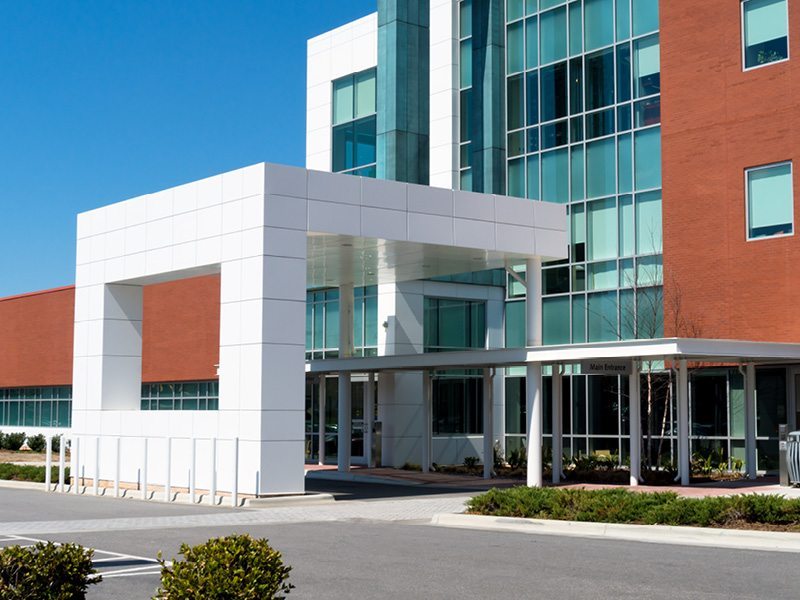The Economy/Capital Markets:
Now that market watchers can exhale with the uptick in the federal funds rate, we can evaluate the state of the market. According to one of the largest medical office investment advisory firms: An important distinction for commercial real estate investors is that the Federal Funds rate is a short-term lending benchmark with limited application in commercial real estate. Commercial real estate lending and valuations, however, are principally based on longer-term rates, most commonly the 10-year U.S. Treasury, that does not move in unison with short-term rates. The Treasury rate, range-bound below 2.5 percent for most of 2015, remains well beneath the long-term average.
Commercial real estate sectors will potentially benefit from an expanding economy and additional job growth. In December, 292,000 jobs were added; in fact, the last quarter witnessed an increase of 851,000 total jobs (63 consecutive months of growth). It should be noted that the top three sectors for job growth were education and health services; professional and business services; and health care and social assistance.
Medical Office Drivers:
Since the Affordable Care Act took effect, demand for medical office buildings has increased. “We are witnessing an increase in provider-owned healthcare real estate transactions as a result of continued consolidation involving health systems and physician groups. This combination, along with optimal capital market conditions, is fueling investor demand for healthcare real estate, driving sales transaction volume and real estate valuations to unprecedented levels. Demand for stabilized medical office buildings (MOBs) and new development is on an upswing, according to market experts, with cap rates matching pre-recession record levels,” as reported by National Real Estate Investor.
Even before the Affordable Care Act, doctor visits per capita were increasing due to the country’s aging population. The 65+ population accounts for half of all healthcare spending. These demographic and regulatory trends impacting the healthcare industry have motivated MOB investors. MOB demand is forecast to expand 19 percent by 2019, 11 percent of it because of the new law and the rest from population growth.
Medical Office Fundamentals:
MOB investment has outperformed other sectors in the commercial real estate market; cap rates have decreased as a result of increasing property values—validating that investors have favored the asset class.
Traditionally, there has been a high retention rate for landlords leasing space to physicians and hospitals. Because hospitals have a vested interest in medical office buildings as well as high move-out costs for tenants, renewal rates can potentially be up to ninety percent.
In the economic downturn, MOBs retained their value better than most property types, and cap rates continue to be lower for MOBs than for most asset classes. In a recent report, it was cited that “MOBs have consistently retained value over cycles, reinforcing their desirability for those seeking stable income and durable property values.”
Additional reports state that Public REITs have been competitive buyers for high-quality medical office properties, but the healthcare segment only comprises 13.0 percent of total REIT market capitalization. Healthcare REITs returned an impressive 34.0 percent to shareholders in 2014, the highest percentage of any REIT property class.
Medical Office – The Future:
A large investment advisory firm is optimistic, suggesting that “the move by the Federal Reserve will likely benefit commercial real estate investors, more because of the message it conveys than the influence of the rate change itself. By raising the rate for the first time since 2006, the Fed has finally expressed its confidence in economic growth, potentially opening the door to increased consumption and business investment.
Demand for real estate to support varied healthcare-related businesses is expected to increase. “Owners of MOBs may well anticipate an increase in value of their real estate assets over the next three to five years,” according to First American Title.
Medical office buildings will likely continue to be attractive to investors due to the aging population, the evolving off-campus strategy of hospitals as a result of the Affordable Care Act and a strengthening economy.
By The Numbers
32 Million
Additional Americans Expected To Have Health Insurance Coverage By 2019 Under The Affordable Care Act
78 Million Baby Boomers
Oldest Reached Age 65 In 2012 Youngest Will Reach Age 65 In 2029
Seniors 65 And Older
13.4% Of The Population in 2012 (41.5 Million People)
22.1% Of The Population By 2050 (88.0 Million People)
$ 5 Billion
Medical Office Building Sales Totals In Each Of The Past Four Years
$315 Billion
Total Value Of Medical Office Properties In The United States
51,000
Total Number Of Medical Office Properties In The United States
64 Million Square Feet
The Amount Of Medical Office Building Space Required To Meet Demand From The Affordable Care Act
$300
Nation Average Sale Price Per-Square-Foot For Medical Office Buildings In The Past 12 Months
6.9
Annual Physician Office Visits For The 65 And Older Age Group
$625 Billion
Direct Property Investment Worldwide In The First Nine Months Of 2015
2.7 Million
2015 United States Labor Market Growth
5.0%
United States Unemployment Rate
More Than 2.0%
Job Growth In San Francisco, Atlanta, Dallas, Seattle, New York, S. Florida, and Washington D.C.

